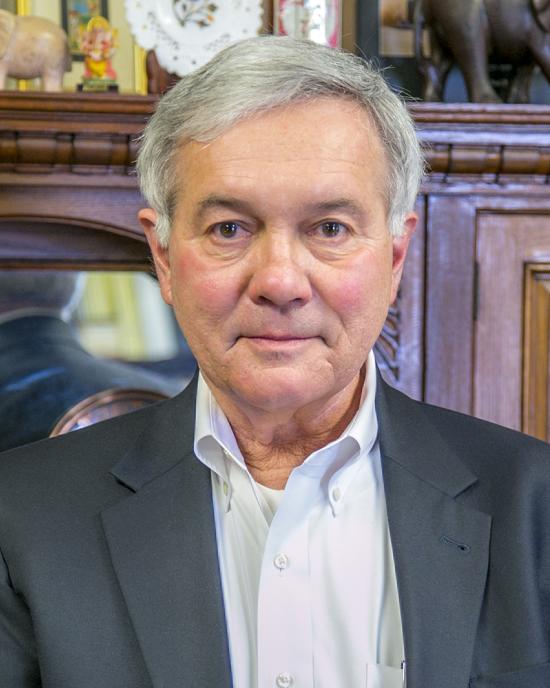Publication
Spectral reflectance of Picea rubens (Pinaceae) and Abies balsamea (Pinaceae) needles along an elevational gradient, Mt. Moosilauke, New Hampshire, USA
On This Page
Relationships amen: elevation. foliar morphology, spectral reflectance, and chlorophyll fluorescence of two co-occurring montane conifers, red spruce (Picea rubens Sarg.) and balsam fir (Abies balsamea [L.] Mill.), were investigated along two transects from 460 to 1460 m on Mt. Moosilauke in the White Mountains of New Hampshire, USA. Spectral reflectance (300-1100 nm wavelengths) and the chlorophyll fluorescence FJF(m) ratio were measured on dark-adapted needles. Foliar morphology (needle size, shape, and mass) and nitrogen concentrations were measured in the laboratory. Reflectance spectra varied between species and with elevation. Two chlorophyll measures, red edge position and a chlorophyll-based difference index (Chl NDI = R750 - R705/R750 + R705), indicated more chlorophyll in fir than in spruce and decreasing chlorophyll with increasing elevation in both species. The structure-independent pigment index (SIPI - R800 - R445/R800 - R680) increased with elevation, indicating an increasing carotenoid :chlorophyll ratio. The photochemical reflectance index (PRI = R531 - R570/R531 + R570), a measure of photosynthetic radiation use efficiency, decreased with increasing elevation up to 1370 m. In the highest elevation site, within the stunted alpine krummholz at 1460 m, PRI was higher than at 1370 In, but still lower than at 1070 m. This same pattern was evident in the chlorophyll fluorescence F-s/F-m measurements. These independent indices indicate higher stress in spruce than Br. which may be related to the "spruce decline" reported in the northeastern USA. Results also indicate progressively increasing stress with increasing elevation up to 1370 m. Stress appears to be lower at 1460 m than at 1370 m, despite the harsher conditions at the very summit of hit. Moosilauke. This mag. be a consequence of stress-tolerant physiology and/or prostrate architecture.
